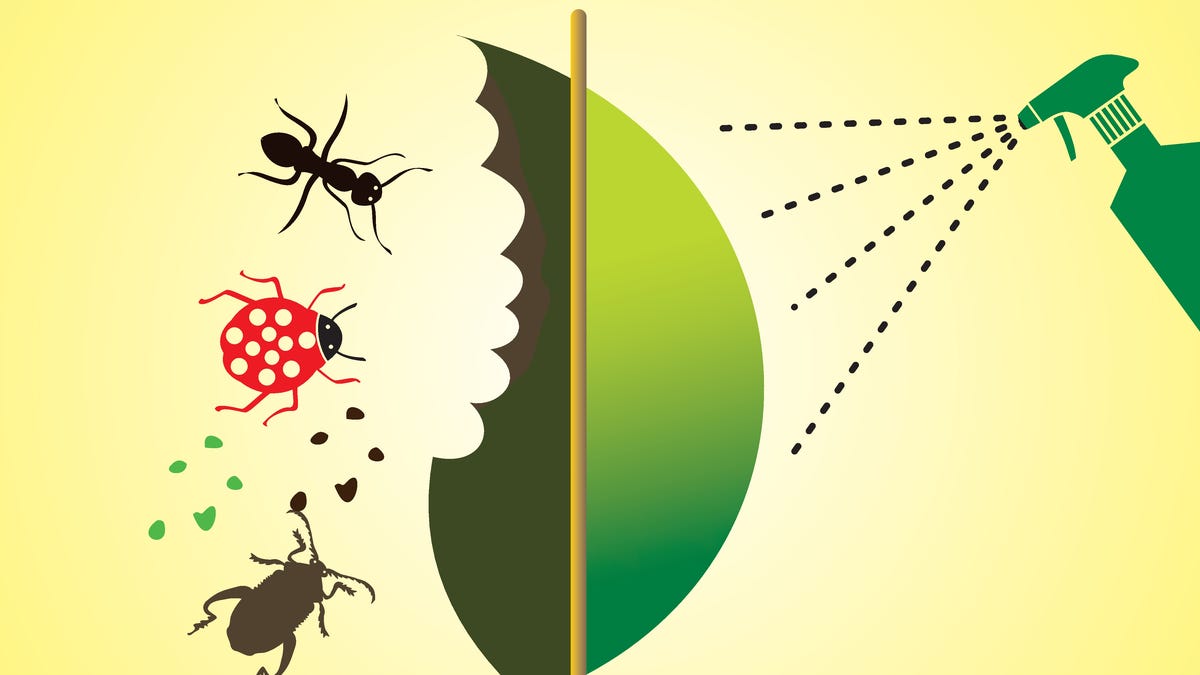A gardener is showing the world some of the best drought-resistant plants for your garden.
As droughts become increasingly common in many parts of the world, this Instagrammer tells us which plants we can grow that require minimal amounts of water and can last all year long.
The scoop
Popular Instagrammer Kaleb Wyse (@wyseguide) provides tips for how to maintain a healthy garden throughout the year.
The video begins with Wyse showing us the drought-resistant plants, one by one. The first plant he shows is millenium allium, which gets 12 to 18 inches tall and “has a beautiful green foliage” along with a “fun flower on top that pollinators love.”
The next is white cloud calamint, which Wyse describes as one of his “favorite plants because it smells amazing, pollinators love it, and it has a great white flower.”
Another flower is cat’s pajamas catmint, which throughout the summer provides us with “beautiful purple flowers” and are also drought-tolerant.
Wyse goes on to show us what he calls the Russian sage crazy blue variety that also has the “beautiful wispy silvery foliage of Russian sage” and “blooms the rest of the summer and it needs no care.”
Wyse goes on to tell us that all these plants are perennials and how in the spring he can “remove all of last year’s foliage and then they come back looking better and fresh than ever,” he concludes.
How it’s helping
Videos like these are helpful to homeowners because they encourage them to have more plants in their yard instead of just grass.
Having a yard with native plants instead of traditional grass saves lots of water and significantly reduces your water bill, especially with plants that are drought-resistant like the ones shown in the Reel.
Native plants don’t require nearly the amount of pesticides, herbicides, and fertilizer as grass lawns, which can be expensive as well as damaging to the environment.
In fact, each year in the U.S., our beloved grass landscapes require around 70 million pounds of pesticides that include chemicals known to cause cancer in humans.
Another inconspicuous yet noteworthy benefit of cultivating a garden replete with diverse plant life lies in its ability to mitigate the presence of harmful pollutants responsible for heating up our planet, absorbing more pollution than a typical grass lawn.
What everyone’s saying
“They are all native!!! Yay! So happy to see that! Protecting the ecosystem!” one commenter expressed with enthusiasm.
Another person asked, “Can these survive freezing winters in West Texas?” to which Wyse responded: “Oh yes, these take down to zone 4!”
“Love this idea for the hot, dry areas in my yard,” another viewer added.
Join our free newsletter for easy tips to save more, waste less, and help yourself while helping the planet.









